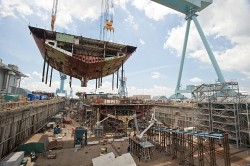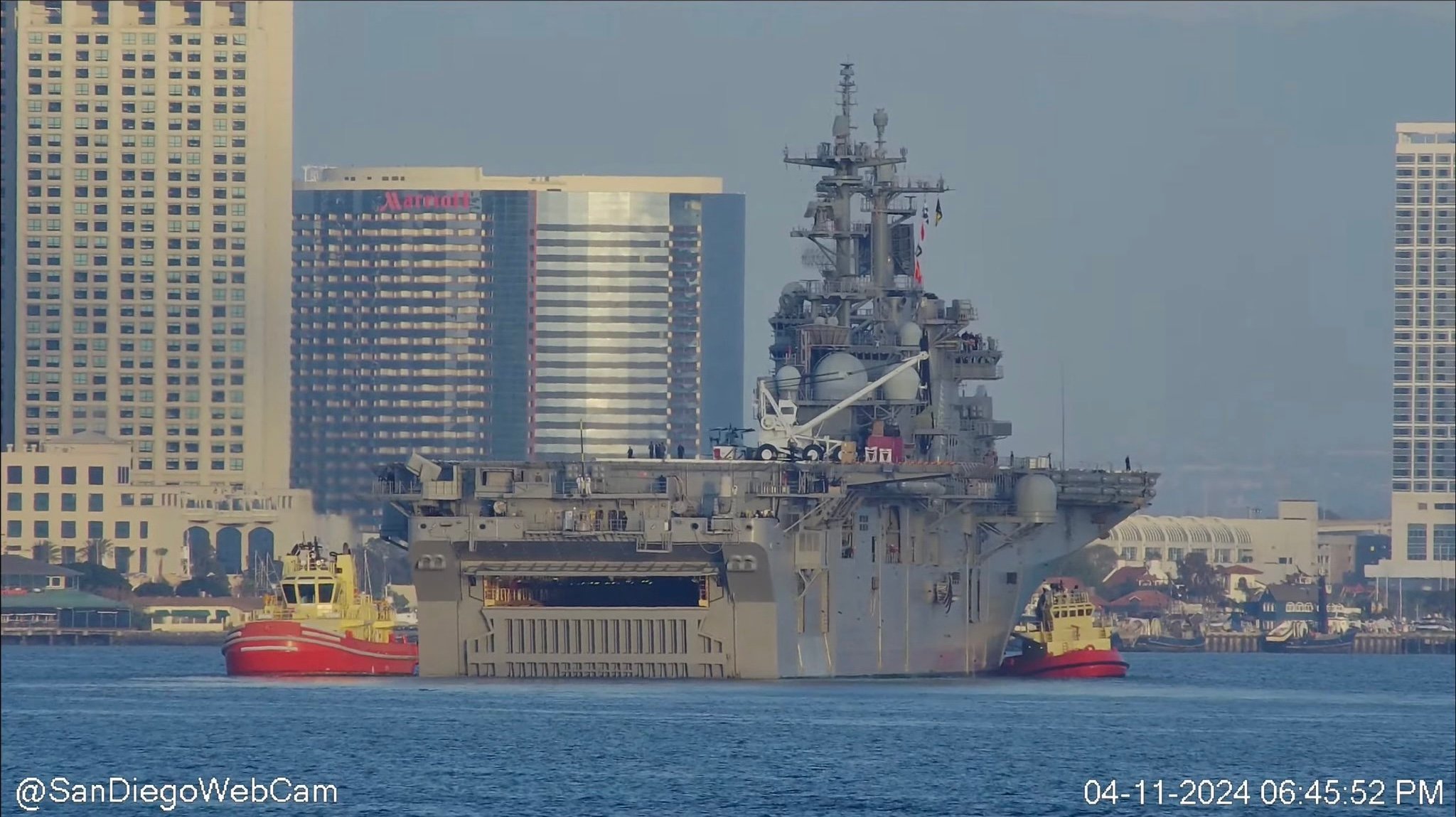
Impending U.S. Navy budget cuts will create a “fundamentally different navy” that is less able to preform its missions, retired Adm. Gary Roughead, the former Chief of Naval Operations, told the House Armed Services Seapower and Projection Forces subcommittee on Tuesday.
“If sequestration takes place and is not amended in some way and we go into a yearlong Continuing Resolution,” Roughead said. “I think we will have a very, very rapid downturn.”
Roughead and former Secretary of the Navy John Lehman testified before the committee on what they see as fundamental problems the Navy faces in the realms of funding and acquisition strategies as it moves to reach its goal of 306 ships. They also addressed the pending $9 billion shortfall in Navy funds for Fiscal Year 2013 if Friday’s planned sequestration cuts occur and the Navy is faced with the Continuing Resolution.
“I hope that this committee will not take the view that if you are to stop sequester that it will solve the problem,” Lehman said. “It won’t. Sequestration is simply a symptom and a step along a path puts the Navy on the decline. Solving sequestration gives you six months breathing room.”
At the heart of the hearing was the Navy’s shifting goal to reach a 306-ship Fleet and how to fix the current acquisition regime to keep new ships under construction and existing ships maintained.
“We keep growing the bureaucracy and overhead and shrinking the force and shrinking the number of products and weapons we get for the dollars we spend,” Lehman said. “We have to return to lean management, line accountability, and we have to bring competition back in. How can you have a fixed price when there are 75 change orders a week for the [littoral combat ship]?”
Roughead said acquisition has not focused enough on total ownership costs of ships and aircraft.
“Right now it’s ‘How much do we pay for a unit?’ and that’s where the decision is made,” he said. “One of the things that has not been done is [asking] what will something cost for the 30-to-35 years you will be using a ship.”
According to the Navy’s latest shipbuilding plan, it is scheduled to reach the 306 goal in Fiscal Year 2039.
“Given our past record of meeting long term goals I seriously question the viability of the shipbuilding plan,” said Rep. Randy Forbes (R-VA). “I agree with Admiral Roughead and Secretary Lehman on the need for acquisition reform.”
Without a reform in Navy acquisition, Roughead said, the service could be unprepared for the unexpected. “I think the greatest risk is having a Navy that is not sized or ready to respond to the unexpected; because [the unexpected] is going to happen,” he said.





